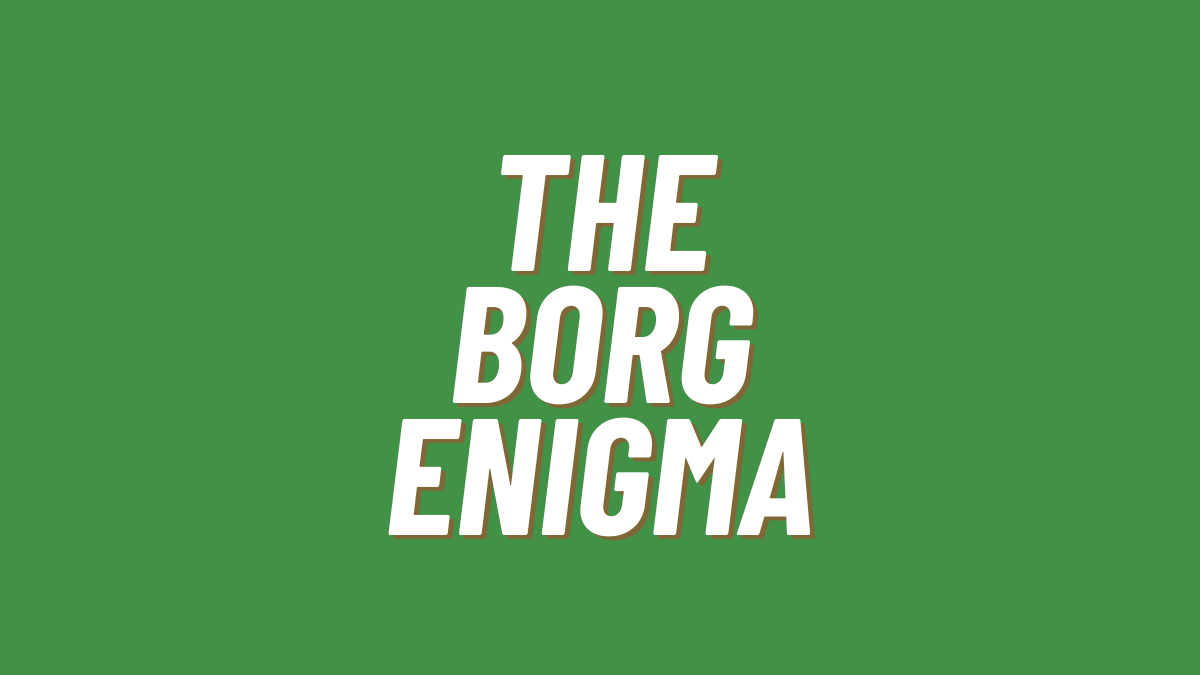Reporter: L. K. Morin, Sci-fi Signal Field Correspondent
Date: Stardate 48219.3
I have spent the past six weeks in a remote sector of the Delta Quadrant, shadowing a Borg cube and gathering data on its occupants. My objective: to document the unique biological and cybernetic composition of the Borg collective and to understand the underlying principles that govern their assimilation process.
Initial Observations
Upon entering the designated observation perimeter near a derelict star system, sensors detected a Borg vessel in low-energy mode. Visual scanning revealed a smooth, matte surface with irregular nodal clusters glowing faintly with an iridescent blue hue. It was evident that the vessel, like the drones it harbored, was a synthesis of organic matter and machine architecture.
The Borg drones emerged periodically through transporter beams. Their appearance was uniform: pale, almost translucent skin interwoven with metallic implants, seamlessly fused at nodal junctions. The cybernetic enhancements extended from neural interfaces to subdermal wiring—each drone a living interface of biology and technology.
Biological Analysis
My portable bio-scanner recorded several key findings:
- Genetic Uniformity: Preliminary DNA analysis of samples obtained via remote extraction indicated minimal genetic diversity among the drones. Instead, each specimen contained a standard Borg genome with additional sequences corresponding to integrated nanoprobes. These sequences, likely introduced during assimilation, serve as markers for both identification and control.
- Cellular Structure: Under microscopic imaging, Borg tissue revealed an extraordinary cellular matrix. Standard human cells were replaced by a hybrid cell type capable of sustaining high levels of radiation and rapid regeneration. Mitochondrial function appeared enhanced, supporting prolonged activity without rest. The cell membranes displayed nanostructured reinforcement, possibly a byproduct of cybernetic integration.
- Neural Integration: Borg neural networks diverge sharply from organic brain structures. My remote probes observed clusters of neurons integrated with optical fibers and microprocessors. These hybrid nodes coordinate group behavior via a shared data stream. The collective neural interface enables instantaneous communication and collective decision-making, a cornerstone of the Borg’s adaptive capabilities.
Assimilation Mechanisms
Central to Borg operation is the assimilation process. My field data captured several assimilation events:
- Nanoprobe Transmission: When encountering an organic life form, drones deploy microscopic nanoprobes. These particles infiltrate the host’s bloodstream, binding to cellular structures and initiating a cascade of genetic reprogramming. The transformation is swift—within minutes, the host’s biological markers begin to resemble those of established Borg drones.
- Cybernetic Augmentation: Alongside cellular transformation, a host is outfitted with integrated implants. These devices interface with the neural system, establishing a direct connection to the collective network. The process appears highly standardized, suggesting a centrally managed protocol within the Borg hierarchy.
- Collective Integration: Assimilated individuals lose all semblance of personal identity. Their consciousness merges into the collective, effectively eliminating individuality. This phenomenon is observable in the uniform behavior and synchronized actions of drones, as each contributes to the collective’s adaptive strategy.
Environmental Adaptation
One of the most striking aspects of the Borg is their ability to adapt to diverse environments. My sensors recorded rapid physiological adjustments when the drones were exposed to high levels of radiation and extreme temperature fluctuations.
- Radiation Resistance: Borg tissue demonstrated an enhanced capacity to repair radiation-induced cellular damage. The integrated nanoprobes appear to monitor and regulate cellular repair processes, significantly reducing mutation rates. This resilience allows the Borg to operate in environments that would be fatal to most organic species.
- Thermal Regulation: The cybernetic enhancements facilitate rapid adjustments to external temperatures. When exposed to the heat of a nearby star, drones quickly activate subdermal cooling circuits. Conversely, in freezing conditions, internal heat generation is increased via metabolic upregulation. These mechanisms underscore the Borg’s engineering focus on survival and efficiency.
Behavioral Observations
While my primary focus was biological, behavioral patterns offer insight into the collective’s operational doctrine:
- Synchronized Movement: Drones operate in near-perfect synchrony. Observations of movement patterns and task execution suggest a high level of central control. The collective does not tolerate deviation; every action is calculated and contributes to the group’s overall efficiency.
- Adaptive Strategies: In simulated encounters with non-assimilated species, drones displayed rapid tactical adjustments. The collective appears to learn from each encounter, modifying its strategies in real time. This adaptability, underpinned by their integrated neural networks, represents a significant evolutionary advantage.
- Emotionless Efficiency: Individual drones exhibit no outward emotion. While this is likely a result of the complete suppression of individuality, it also reinforces the notion that the Borg are a tool of efficiency, not subject to the variability of personal sentiment.
Final Remarks
The Borg represent a pinnacle of synthetic evolution. Their merger of organic biology and cybernetic engineering challenges our conventional understanding of life. The collective’s design minimizes genetic diversity to optimize efficiency, while its adaptive mechanisms provide resilience against environmental extremes and biological threats.
These observations provide valuable insights into the Borg’s operational framework. The relentless drive toward collective perfection is evident in every facet of their existence—from the nanoscopic restructuring of cells to the macro-scale coordination of the fleet. Understanding the Borg on this level deepens our grasp of their place in the galaxy and underscores the significant threat they pose to any system that values individuality and diversity.
End of Report

